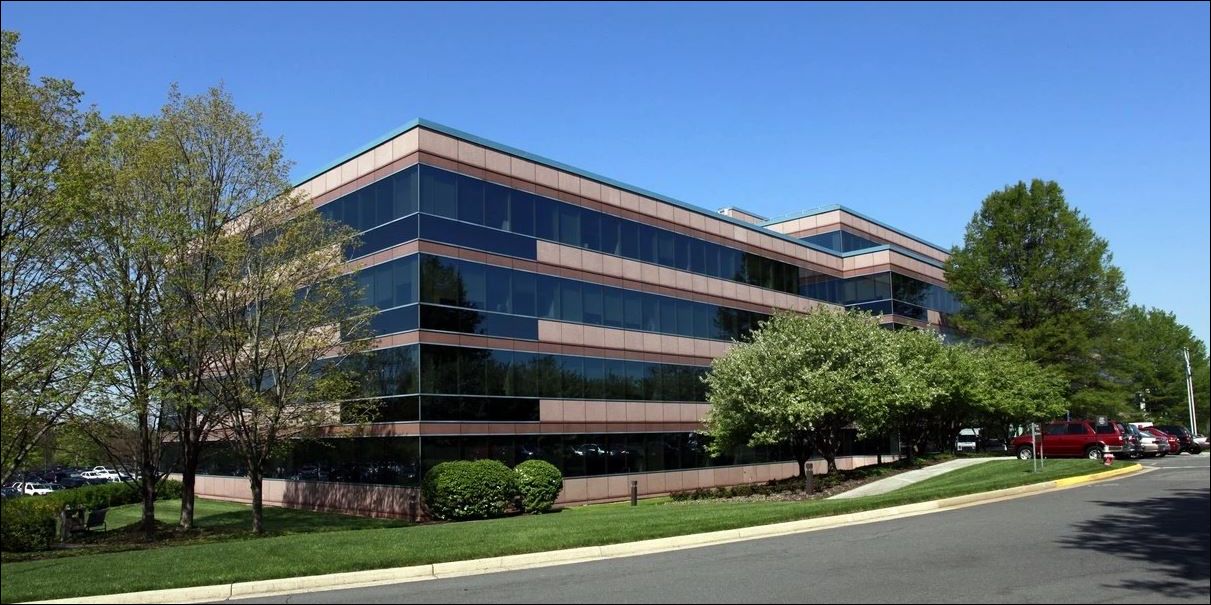How badly are suburban office parks getting clobbered in the current real estate environment? Take a look at the Westfields Corporate Center near Washington Dulles International Airport. Two buildings known as Washington Technology Park I and II were appraised at $187.5 million at the peak of the 2000s-era real estate boom. They were just reappraised for $61.1 million — a 68% reduction, according to the Washington Post.
How could that happen? WaPo reporter Jonathan O’Connell provides the background: First, the buildings lost key tenants as the slowdown in defense spending gutted Northern Virginia’s defense-contracting sector. Defense giant Northrup Grumman paid $4.7 million to get out of the lease. Government consulting firm CSC cut back its space from 180,000 square feet to 20,000. Meanwhile, the office vacancy rate climbed throughout Northern Virginia, driving down lease rates generally. Then, on top of that, writes O’Connell:
Buildings far from public transit and walkable amenities like restaurants began to suffer in particular, as young workers flocked to more urban, transit-accessible neighborhoods. So far this year, 92 percent of all office leases of 20,000 square feet or more are within half a mile of an existing or planned Metro station, according to the services firm JLL.
A decade ago, urban geographer Richard Florida famously termed the sterile and isolated office campuses as “nerdistans,” predicting that they would have little appeal to the rising generation of the so-called “creative class.” It has taken a while, but Florida’s insight has become the new conventional wisdom.
The two Washington Technology Park buildings have other problems as well. The owner, Corporate Office Properties Trust (COPT) based in Columbia, Md., has been unable to keep up payments on the $150 million in debt it took on to acquire the buildings. Unable to renegotiate terms, the company stopped making payments. The debt has been transferred to a firm that manages distressed loans. COPT has blamed the drop in market value in part on the property’s fractured ownership.
Bacon’s bottom line: The Washington Technology Park buildings may be an extreme case, but they are indicative of systemic problems in the Northern Virginia real estate market — and suburban real estate markets generally. In a down market, some properties suffer worse than others. There’s nothing wrong with the buildings. The problem is location. The worst off are office parks on the metropolitan fringe offering none of the community amenities — walkable urbanism, access to mass transit — that workers and employers are increasingly looking for.
Residential development continues in outlying suburban counties because the population continues to grow and urban cores can’t infill fast enough to handle the surge in demand. Not so with commercial development. Businesses are moving to more space-efficient work patterns and they need less space per employee than they once did. That problem is compounded in Northern Virginia, where the market over-built commercial space in anticipation that the 2000s economic boom would continue forever. With the shift in consumer preference to walkable urbanism, car-dependent Nerdistans are the big losers. We’re accustomed to the specter of ghost malls. Don’t be surprised if we soon start seeing ghost office parks.
— JAB



